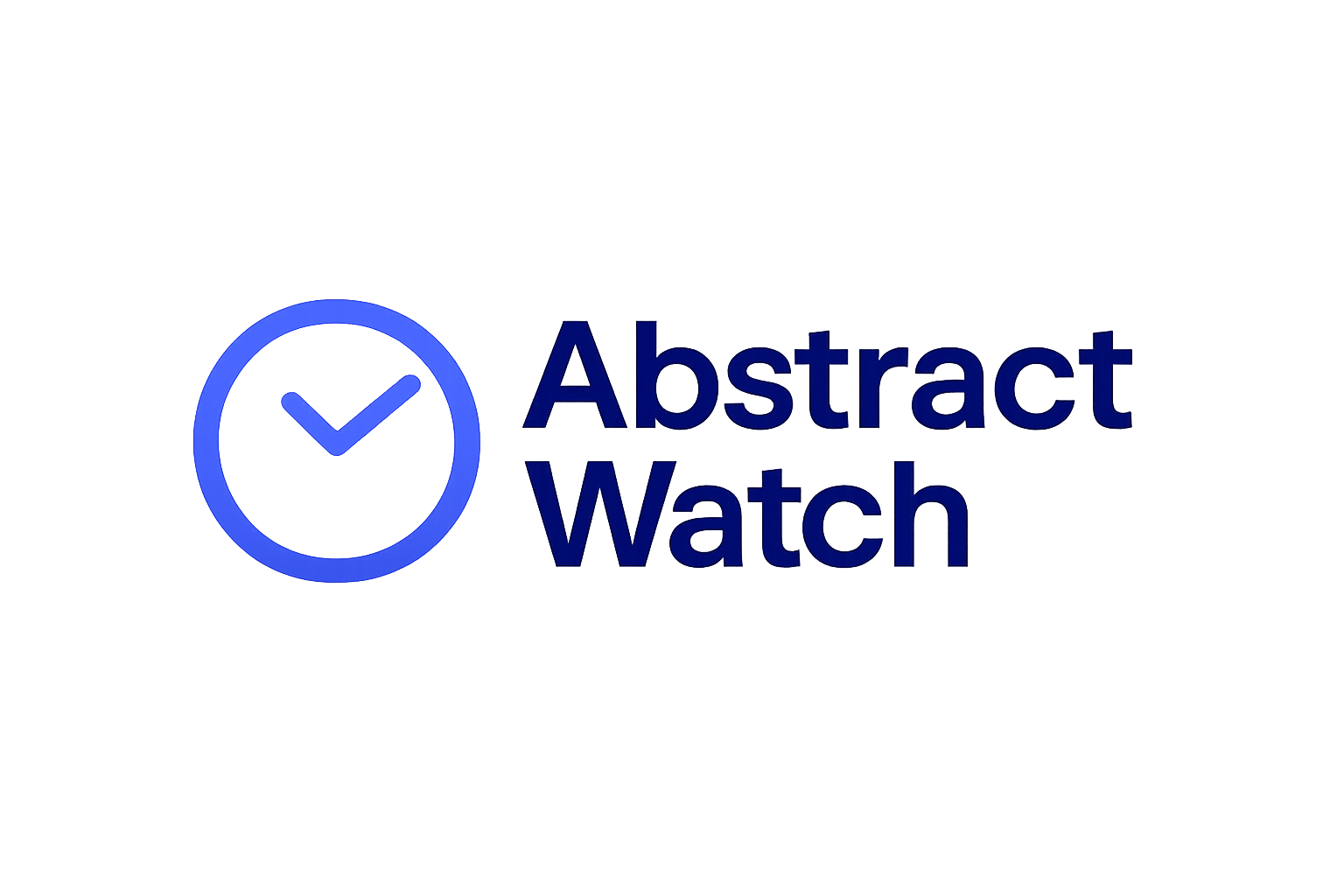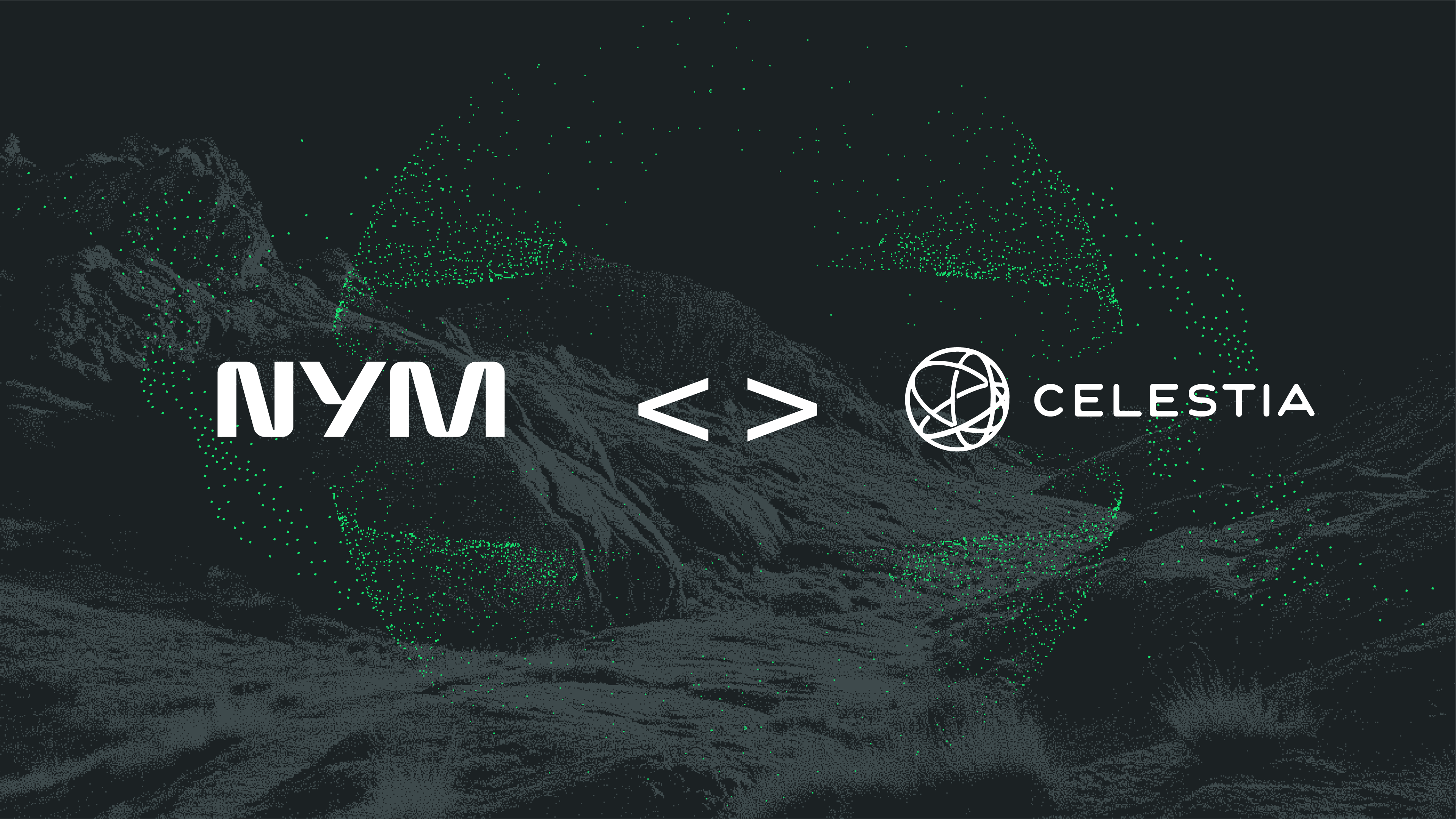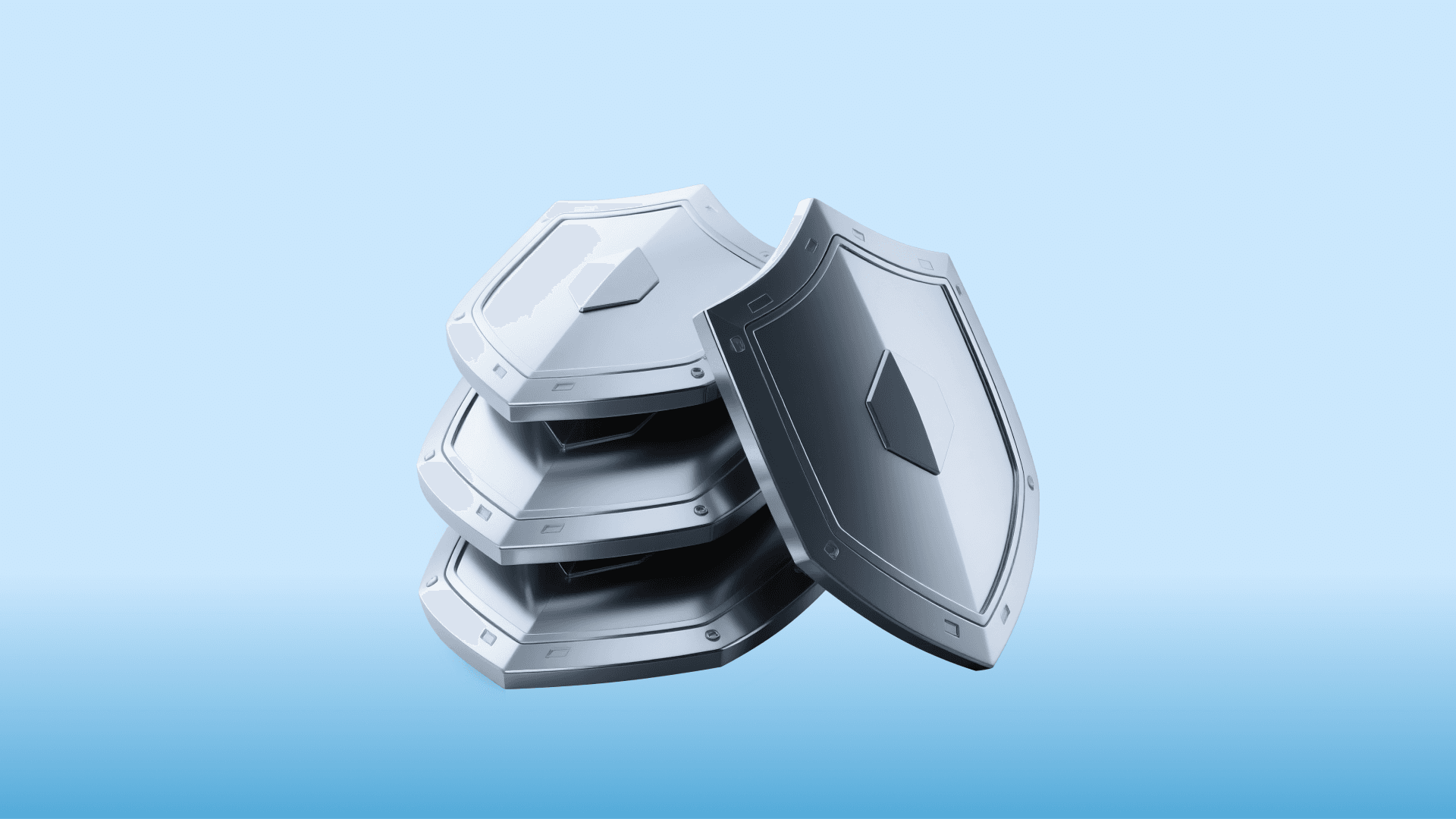
If you’ve spent any time in blockchain development circles lately, you’ve probably heard the buzz about instant app-chain launch. The days of wrangling with months-long rollup deployments and endless infrastructure headaches are quickly fading. Thanks to Rollup-As-A-Service (RaaS), launching a custom, scalable rollup chain is now as easy as spinning up a website on cloud hosting. Let’s unpack how this new paradigm is transforming the speed and accessibility of blockchain innovation, and why so many teams are jumping in right now.

How RaaS Delivers Instant App-Chain Launches
First things first: what makes Rollup-As-A-Service so game-changing for developers? In short, RaaS abstracts away all the gnarly back-end work that used to bog down blockchain projects. Instead of hiring a small army of engineers to build and maintain your own Layer 2, you can now deploy an application-specific rollup in minutes using simple dashboards and automation tools.
This isn’t just hype. According to eco.com, leading RaaS platforms let developers launch dedicated rollups almost instantly – a process that used to take months. And with Ethereum’s price currently at $4,494.89, the cost savings are more compelling than ever: RaaS solutions can slash operational fees by up to 80% compared to mainnet deployment.
Why Speed Matters: Blockchain Development in 2025
The race for first-mover advantage in Web3 is fiercer than ever. Whether you’re launching a new DeFi protocol, NFT marketplace, or an on-chain game, getting your app-chain live quickly can make or break your project’s success. RaaS providers like Instanodes and Caldera have responded by offering:
[list: A fancy list highlighting key features from top RaaS platforms like instant deployment, EVM compatibility, custom gas tokens, enterprise-grade SLAs]
This shift isn’t just about convenience – it’s about unlocking entirely new business models. For instance, gaming studios can launch dedicated chains with sub-second confirmation times for millions of players. Financial protocols can create rollups tailored for specific trading patterns without competing for blockspace during network congestion.
The New Standard: Customization Without Complexity
One major draw of modern RaaS offerings is the ability to customize every aspect of your app-chain without wading through technical quicksand. Unlike shared Layer 2s where everyone fights for limited throughput, RaaS lets you fine-tune parameters like block times, consensus mechanisms, and even gas token economics.
Want your own chain that settles back to Ethereum but uses USDC as its native gas token? Need ultra-low latency for high-frequency trading apps? No problem – these options are now just clicks away on platforms like Instanodes (source) and Caldera (source). Plus, industry leaders guarantee 99.99% uptime SLAs and 24/7 monitoring – crucial if your dApp handles cross-chain stablecoin flows or large NFT drops.
Real-World Impact: Who’s Using Instant App-Chains?
The proof is in the pudding – or rather, in the projects already taking advantage of instant app-chain launches:
- On-Chain Gaming: Studios are spinning up dedicated gaming rollups for seamless player experiences at scale.
- DeFi Protocols: Exchanges and lending platforms deploy custom chains optimized for their unique transaction flows.
- Enterprise Solutions: Over 100 Fortune 500 companies kicked off L2-based projects last year alone (with over $2 billion invested), leveraging compliant rollup deployment across global regions.
This acceleration is only possible thanks to the flexibility and power that modern RaaS providers bring to the table.
But speed and flexibility are just part of the equation. Rollup-As-A-Service is fundamentally reshaping how teams approach security, compliance, and ongoing operations. With enterprise-grade infrastructure and global data compliance baked in, even the most regulated industries can confidently launch app-chains without losing sleep over downtime or legal headaches. Imagine a world where your compliance team signs off on your blockchain deployment as easily as they do a cloud service contract, this is rapidly becoming reality.
Implementation Smarts: What to Consider Before You Launch
Of course, not all RaaS solutions are created equal. Choosing the right platform means weighing factors like framework type (Optimistic vs ZK-rollups), data availability layers, and security architecture. For most projects in 2025, Optimistic rollups still dominate thanks to their EVM compatibility and mature ecosystem tooling. However, ZK-rollups are catching up fast for teams that prioritize instant finality and privacy.
Another key consideration? Data availability. Modern RaaS platforms support integrations with alternatives like Celestia and NEAR, offering dramatic cost reductions, sometimes by 10-100x, compared to storing all data on Ethereum mainnet. This is a game changer for apps handling high throughput or large NFT drops.
Security-wise, decentralizing your sequencer (the entity ordering transactions) is now table stakes for serious projects. Leading RaaS providers offer seamless integration with decentralized sequencing networks like Espresso, helping mitigate single points of failure and censorship risk.
Critical Pre-Launch Decisions for App-Chain Rollups
-
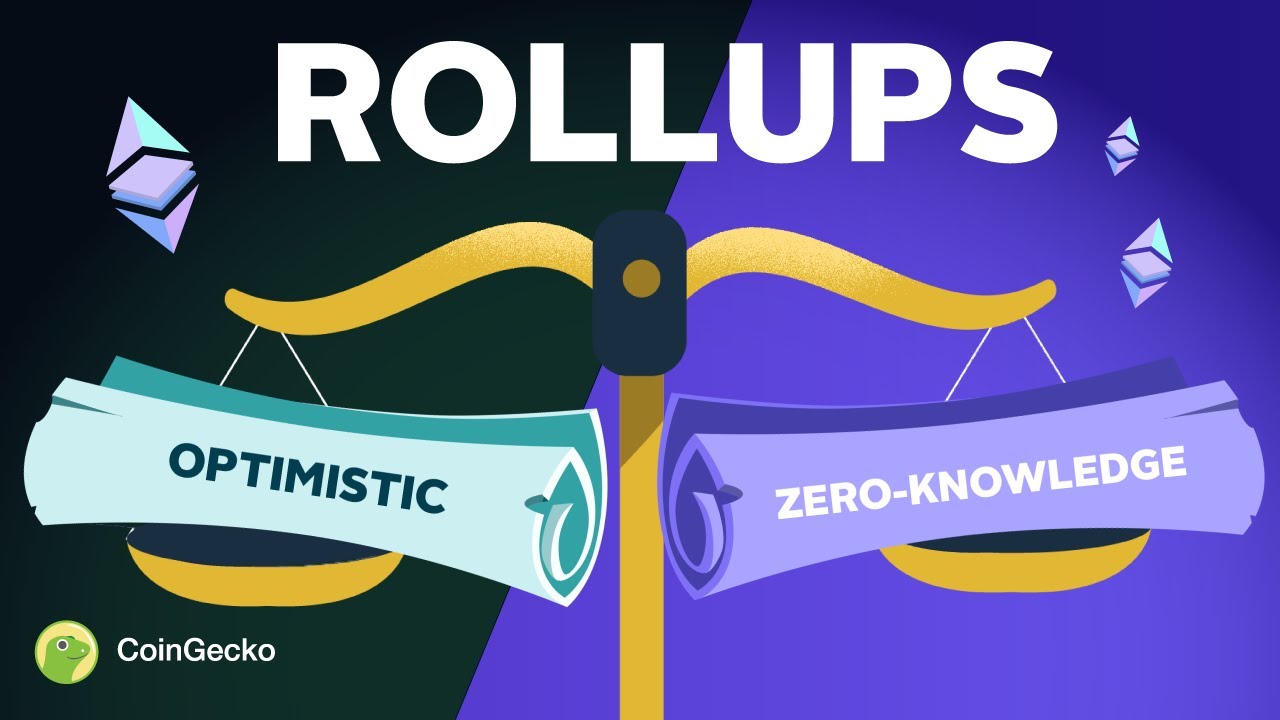
Rollup Framework Selection: Decide between Optimistic rollups (like Optimism or Arbitrum) and ZK-rollups (such as zkSync or Polygon zkEVM). Optimistic rollups offer mature EVM compatibility, while ZK-rollups provide faster finality and enhanced privacy.
-
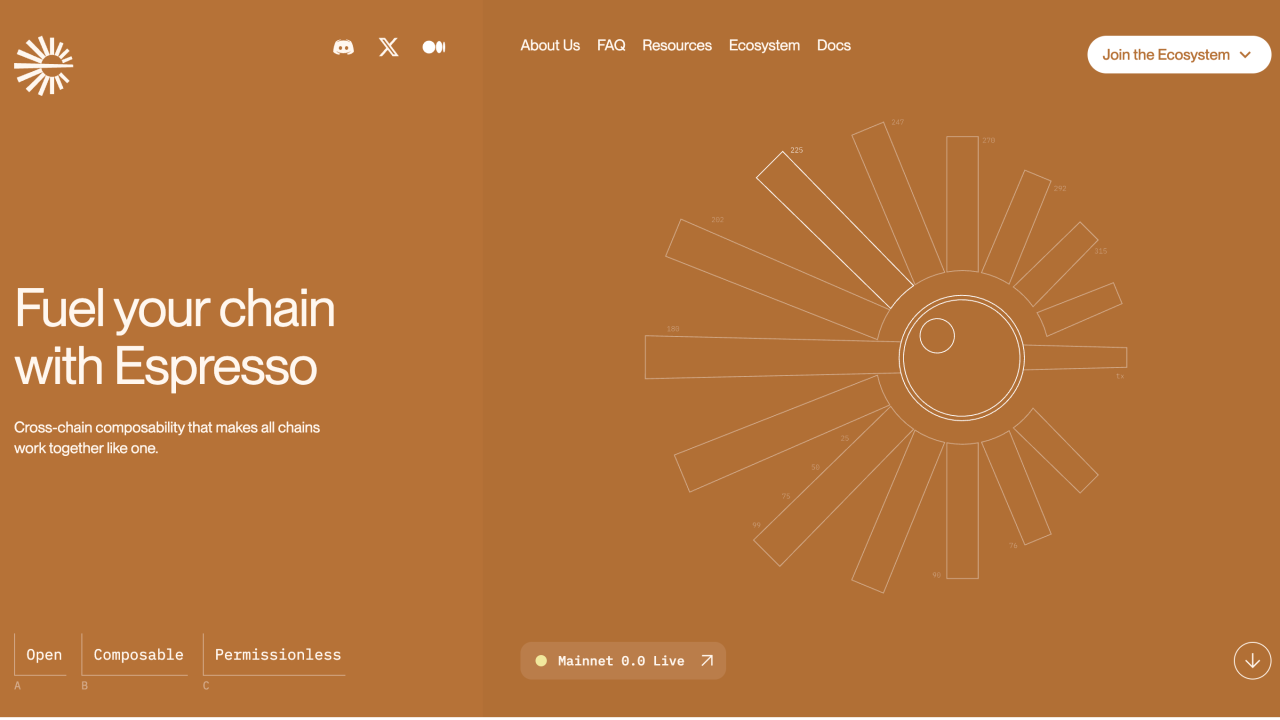
Sequencer Decentralization: Select between a centralized sequencer (fast, simple, but with single-point risk) or a decentralized network like Espresso for censorship resistance and trust minimization.
Looking Ahead: The Future of App-Chain Deployment
The momentum behind instant app-chain launch isn’t slowing down, in fact, it’s accelerating as more industries discover what’s possible when infrastructure friction disappears. We’re seeing use cases from cross-border payments to tokenized real-world assets go live in weeks instead of quarters. And with Ethereum’s price holding steady at $4,494.89, the economics of launching an app-chain have never been more attractive for both startups and enterprises alike.
This isn’t just about technical innovation, it’s about shifting mindsets across the entire blockchain space. Teams that once hesitated due to complexity or regulatory uncertainty now find themselves empowered to experiment boldly. Expect compliant rollup deployment to become the de facto standard for any organization serious about blockchain development speed and scalability.
“The ability to deploy a fully customized chain in minutes has totally changed how we think about product launches, ” says one DeFi founder who recently migrated their protocol to an app-chain using RaaS tools.
The Bottom Line: Instant App-Chain Launch Is Here to Stay
If you’re building in Web3, or even just watching from the sidelines, the rise of Rollup-As-A-Service marks a pivotal turning point. The days of expensive infrastructure buildouts are giving way to agile launches, rapid iteration cycles, and unprecedented customization options.
The next wave of killer dApps won’t be fighting for blockspace, they’ll be running on their own dedicated chains, each tailored perfectly for its use case. And thanks to RaaS platforms leading the charge in 2025, that future is already unfolding at breakneck speed.
